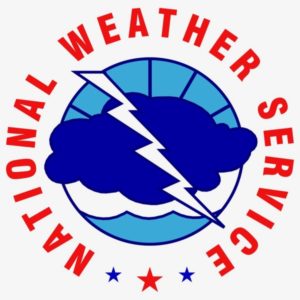 A winter weather event is a winter weather phenomenon (such as snow, sleet, ice, wind chill) that impacts public safety, transportation, and/or commerce. It typically occurs during the climatological winter season between October 15 and April 15.
A winter weather event is a winter weather phenomenon (such as snow, sleet, ice, wind chill) that impacts public safety, transportation, and/or commerce. It typically occurs during the climatological winter season between October 15 and April 15.
The National Weather Service urges New Yorkers to keep abreast of local forecasts and warnings and familiarize themselves with key winter weather terms.
- A Winter Storm Warning is issued when hazardous winter weather in the form of heavy snow, heavy freezing rain, or heavy sleet is imminent or occurring. Winter Storm Warnings are usually issued 12 to 24 hours before the event is expected to begin.
- A Winter Storm Watch alerts the public to the possibility of a blizzard, heavy snow, heavy freezing rain, or heavy sleet. Winter Storm Watches are usually issued 12 to 48 hours before the beginning of a winter storm.
- A Winter Storm Outlook is issued prior to a Winter Storm Watch. The outlook is release when forecasters believe winter storm conditions are possible and are usually issued 3 to 7 days in advance of a winter storm.
- A Blizzard Warning is issued for sustained or gusty winds of 35 mph or more, and falling or blowing snow that create visibilities of ¼ mile or less. These conditions are forecast to persist for at least three hours.
- Wind Chill Warnings are issued when wind chill temperatures are expected to be hazardous to life after several minutes of exposure.
- Winter Weather Advisories are issued for accumulations of snow, freezing rain, freezing drizzle, and sleet which will cause significant inconveniences and, if caution is not exercised, could lead to life-threatening situations.
- Snow Flurries describe light snow that falls for short durations. No accumulation or light dusting is all that is expected.
- Snow Showers describes snow falling at varying intensities for brief periods of time. Some accumulation is possible.
- Blowing Snow is wind-driven snow that reduces visibility and causes significant drifting. Blowing snow may be snow that is falling or loose snow on the ground picked up by the wind.
- Sleet describes rain drops that freeze into ice pellets before reaching the ground. Sleet usually bounces when hitting a surface and does not stick to objects. However, it can accumulate like snow and cause a hazard to motorists.
- Freezing Rain is rain that falls as liquid onto a surface with air temperatures below freezing. This causes it to freeze on trees, cars, and roads, forming a coating or glaze of ice. Even small accumulations of ice can cause a significant hazard.
Source: National Weather Service (BGM)
